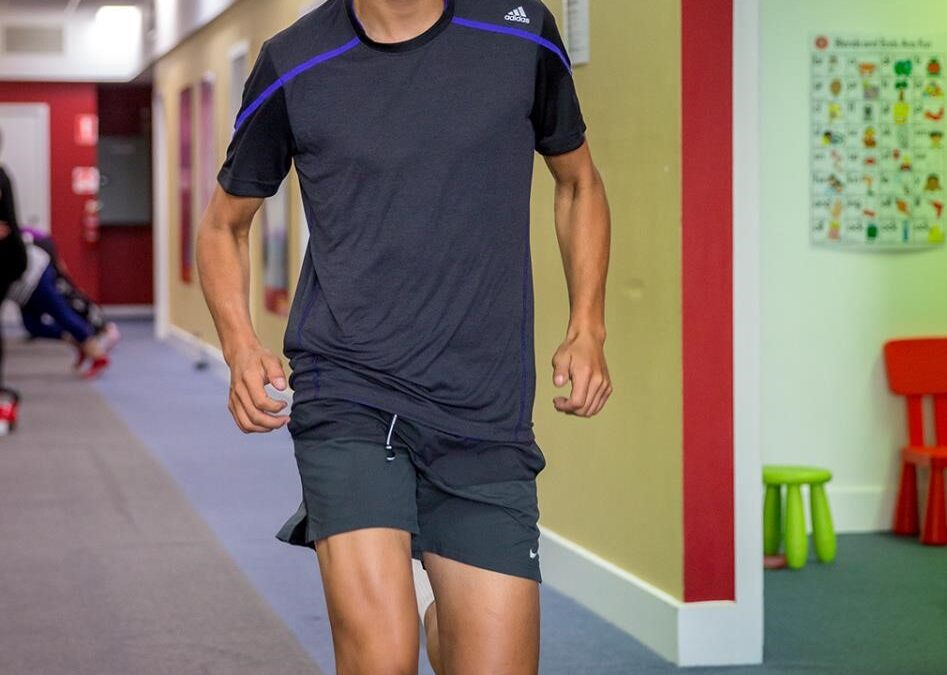How to improve your running gait
Nick Adkins, one of our Exercise Physiologists, recently attended a course on running technique and the importance of bio mechanics to improve running gait. Many people want to run and so they give running a go.
However they usually will not have had proper training or technique focus and therefore injury usually occurs. The way in which we run is very important and this is dependent on a number of different factors for example strength, mobility, cardiovascular fitness and technique.
Overall, if you improve your bodies efficiency in running you will be able to run further and faster!
So how should we be running? E.g. forefoot vs. heel strike
Interestingly, the hype over barefoot running has caused much controversy over the last few years and according to Dr. Christian Barton the optimal foot strike is actually highly dependent on the patient’s injuries and current abilities.
Forefoot running is technically more ideal (if done correctly) because there is less load through the joints due to better weight distribution when landing compared to heel striking. However, many people trial running in a way that their bodies are unable to cope with such as barefoot running which predominately will force you to run on your toes.
This ‘fad’ is great if you have the right bio mechanics for barefoot running and have good strength, mobility and technique. If you don’t you will pull up sore or provoke an injury.
When teaching people to run it is best to assess their overall strength and current running gait and then put together an integrated exercise program that not only includes strength training but specifically breaks down the running technique and educates them for a long term change.
Overall there is no ‘one size fits all’ for running technique it’s actually best to prescribe a program that suits the particular person. For example forefoot strike is much better for knee pathologies as there is less load distributed through the knee but more work through the ankle.
However heel strike is better for patients with Achilles pain or plantar fasciitis yet is harder on the knees.
If you think about it no one is there to show us how to walk and run properly as toddlers and so we have all developed different ways in which we move.
This is why an individual, structured program that includes strengthening as well as education on how our joints should specifically move is the best way to transition to running or improve current running. Even minor changes to technique can have a drastic effect on performance and injury prevention.
We will be going over some practical applications next week. If you have an interest in running we may be assessing your running gait during your sessions over the next few weeks!
Article by Beth Chiuchiarelli,
Exercise Physiologist at MD Health



